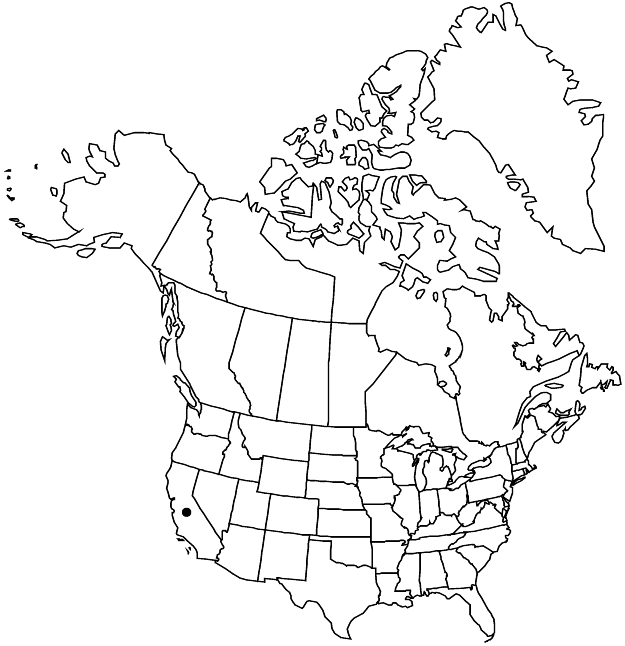Eriogonum umbellatum var. chlorothamnus
in P. A. Munz, Suppl. Calif. Fl., 44. 1968.
Subshrubs or shrubs, erect to rounded, (4–) 5–10 (–12) × 5–12 dm. Aerial flowering-stems erect, 1–2.5 dm, glabrous, without one or more leaflike bracts ca. midlength. Leaves in rather loose rosettes; blade oblanceolate to narrowly elliptic, 0.5–2 × 0.3–1 cm, glabrous on both surfaces, margins plane. Inflorescences compound-umbellate, branched 2–5 times; branches glabrous, without a whorl of bracts ca. midlength; involucral tubes 2–2.5 mm, lobes 1–1.5 mm. Flowers 3–6 mm; perianth bright-yellow.
Phenology: Flowering Jul–Sep.
Habitat: Sandy granitic flats and slopes, sagebrush communities, conifer woodlands
Elevation: 1600-2600(-2900) m
Discussion
Variety chlorothamnus is closely related to var. subaridum and is known only from scattered populations on the eastern slope of the Sierra Nevada in Inyo, southern Mono, and northeastern Tulare counties. Frequently it grows with var. nevadense, and mixed collections may be encountered in herbaria. The plants do well in cultivation and certainly are worthy of a place in the garden.
Selected References
None.
Lower Taxa
"dm" is not declared as a valid unit of measurement for this property."dm" is not declared as a valid unit of measurement for this property."dm" is not declared as a valid unit of measurement for this property."dm" is not declared as a valid unit of measurement for this property.
